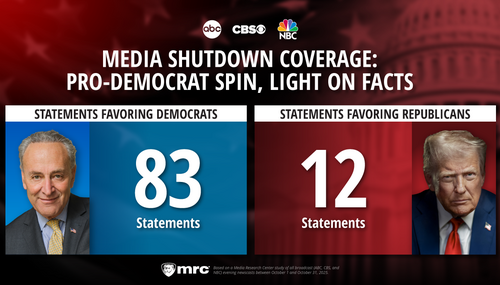A report released Monday claimed employment for America's youth is at the lowest level it's been since World War II.
According to the Annie E. Casey Foundation's study titled "Youth and Work: Restoring Teen and Young Adult Connections to Opportunity," "6.5 million people ages 16 to 24 are both out of school and out of work, statistics that suggest dire consequences for financial stability and employment prospects in that population."
The findings are truly disturbing.
"Entry-level jobs at fast-food restaurants and clothing stores that high school dropouts once could depend on to start their careers now go to older workers with better experience and
credentials," the report said. "It often takes a GED to get a job flipping hamburgers."
The consequences for our economy are dire.
"When young people lack connections to jobs and school, government spends more to support them. Many already have children of their own, exacerbating the intergenerational cycle of poverty in some communities."
The odd dichotomy is that "as young people struggle to gain experience and find any type of job, businesses cannot find the skilled workers they need to compete in the ever-changing 21st-century economy."
The report argues that "business, government, philanthropy and communities must come together to create opportunities to put young people back on track in a dynamic, advancing
economy to ensure their success and to build a stronger workforce for the future."
Here are some of the key statistics:
- The employment rate for youth ages 16 to 19 is down 42 percent since 2000
- 2.2 million teenagers and 4.3 million young adults ages 20 to 24 are neither in school nor working
- 21 percent, or 1.4 million of those young people out of school and out of work are young parents who must take care of their own needs and those of their children
- Fewer than half of our high school students graduate on time and are ready for college
- Among low-income students who do go on to college, the majority do not complete a degree
- Fewer than 1 in 6 black and Asian teenagers and 1 in 5 Hispanic teens were employed in 2011, with ratios even worse for black and Asian males
- African-American, Latino and Native-American young adults are still substantially less likely to graduate than their white and Asian peers.




